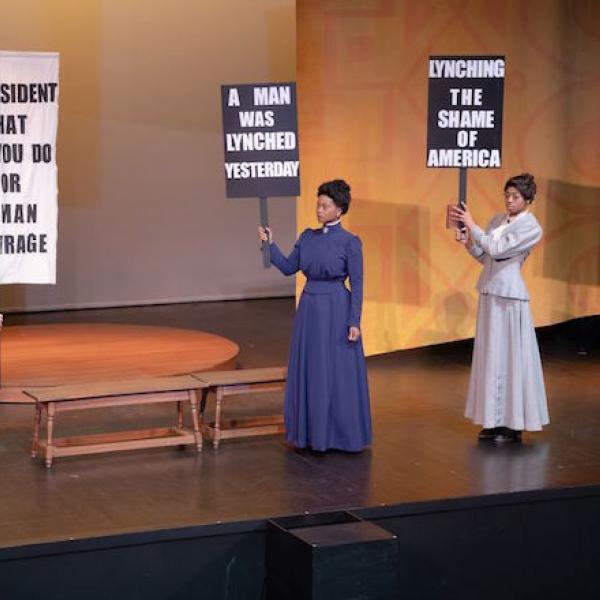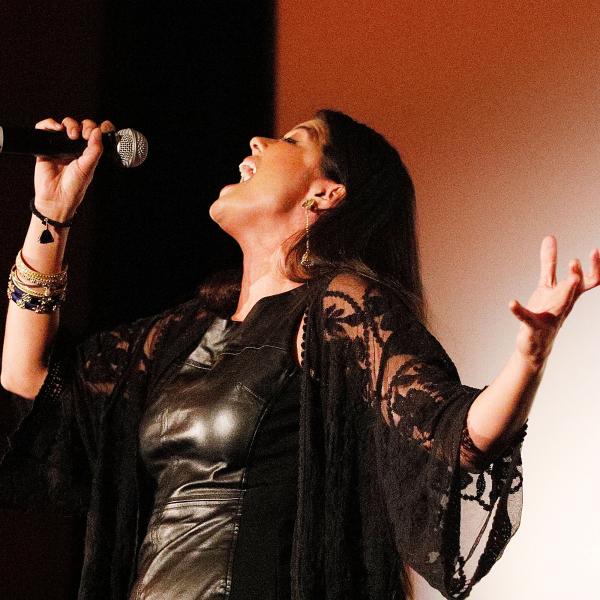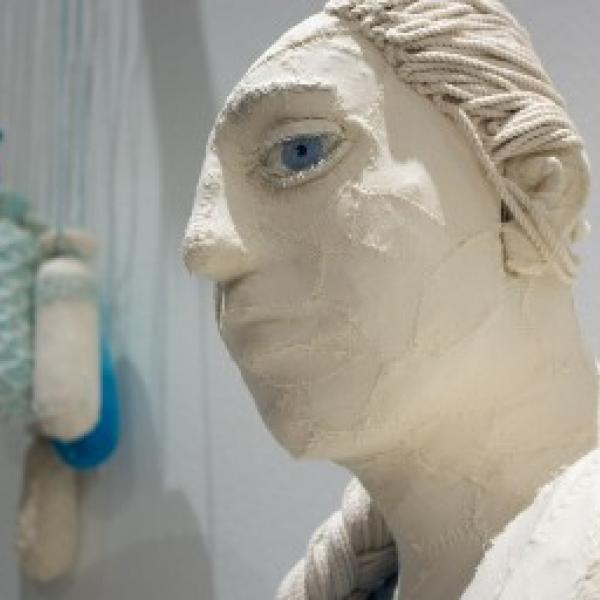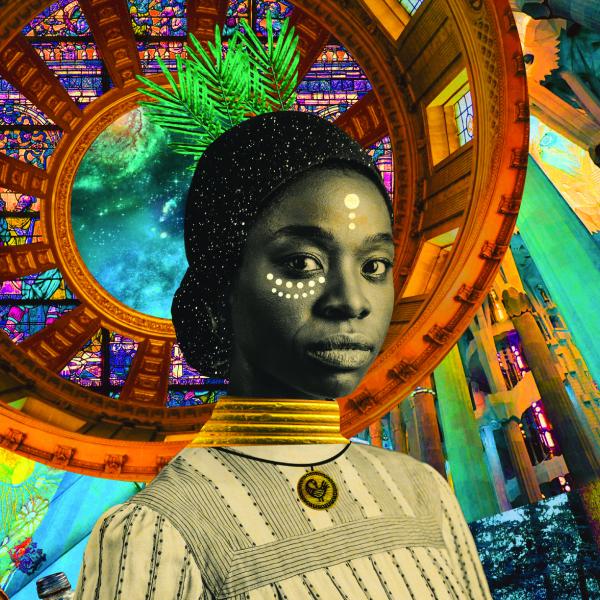Creativity and Persistence
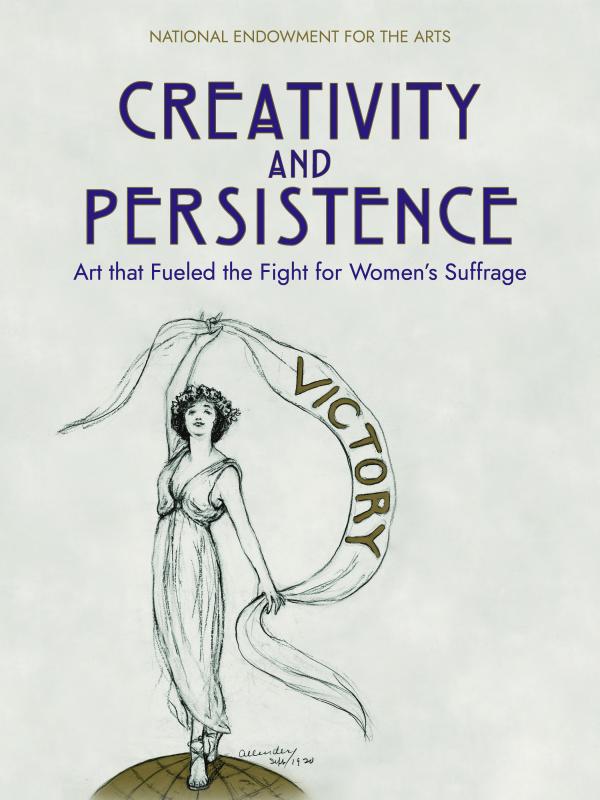
In August 2020, as part of the centennial celebration of women’s suffrage, the Arts Endowment published a book commemorating how the arts helped bring about the passage of the 19th Amendment. This excerpt from Creativity and Persistence: Art that Fueled the Fight for Women’s Suffrage introduces how women artists used their talent to elevate the image of women and highlight the importance of their full participation in society and politics. A PDF of the full book is available on the Arts Endowment website, arts.gov.
Art has always reflected the world in which it was created, from the ancient Greeks, whose surviving poetry and sculpture attest to their humanism, to mid-20th-century American art, which broke with tradition by engaging with popular and consumer culture. Art has also always had the power to do more than simply reflect—it can make social commentary to effect change. Much of the art made across history involved such critiques, but the Enlightenment is especially associated with doing so. Artists like Eugène Delacroix and Jacques-Louis David famously depicted the tragedies of war in their art, raising awareness of important social issues. Similarly, satire was used by writers like Jonathan Swift and artists like Honoré Daumier, both of whom made scathing commentary in their work. Their goal, of course, was to call attention to the ills of society with the hope of correcting them.
With the birth of the women’s suffrage movement, American artists made the same kind of social commentary by working with the activists who were fighting for women’s rights at the ground level. Without a doubt, the women’s suffrage movement would not have had the success it did had the arts not brought the valiant efforts of the suffragists into the spotlight.
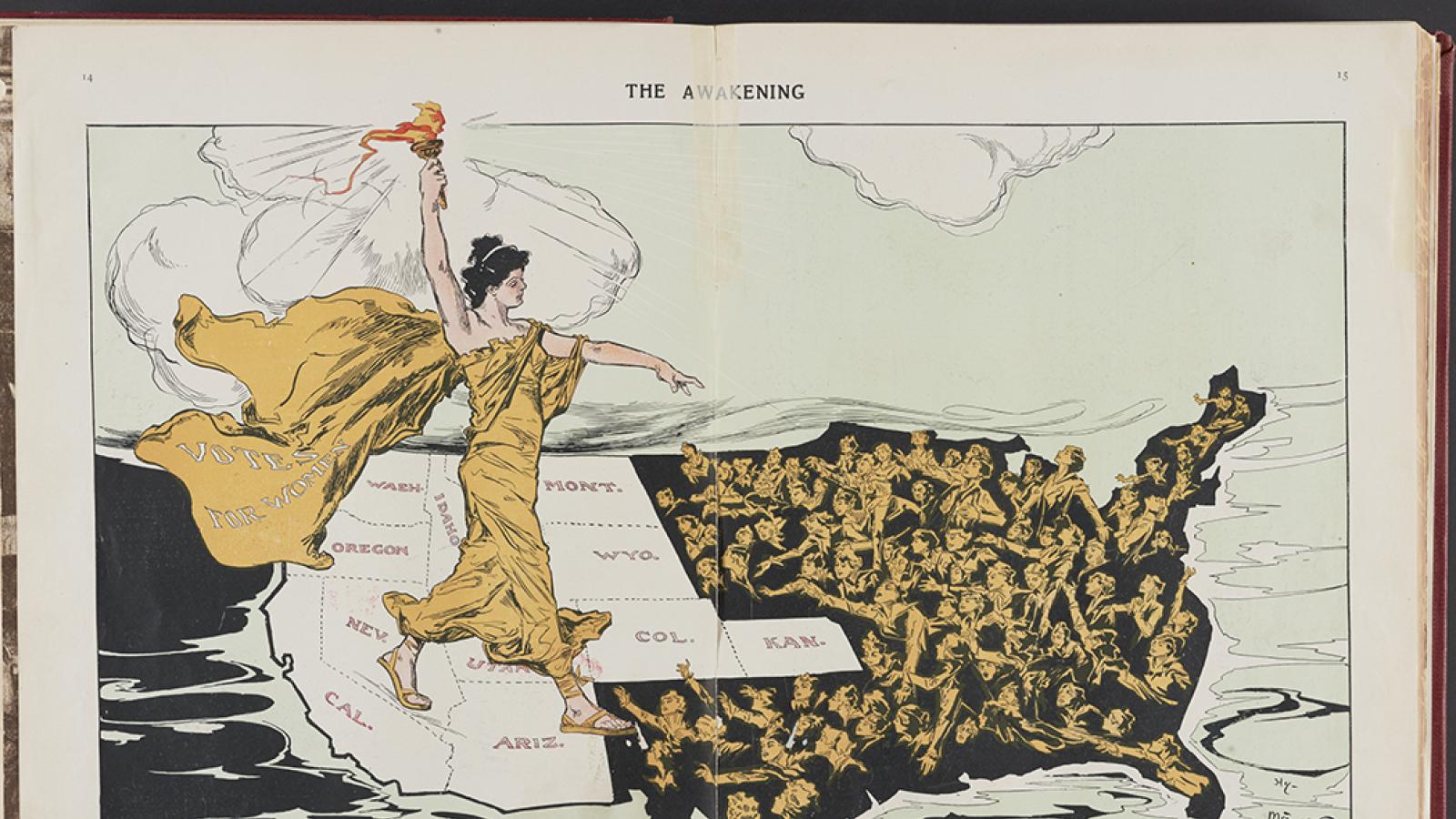
Henry Mayer’s The Awakening, featured in the Arts Endowment’s publication, Creativity and Persistence: Art that Fueled the Fight for Women’s Suffrage.
In the earliest days of the movement, the spoken, sung, and written word played a leading role: suffragists understood the persuasive power of language, which could not only be shared at gatherings but also published and widely disseminated. The early focus on language aligned with the ethos of American culture in the second half of the 19th century when American literature was coming into its own. As America was finding its voice, the suffrage movement participated, with the powerful voices of women like Sojourner Truth leading the way.
In the first decade of the 20th century, the suffrage movement in the U.S. began to work more actively with the visual arts to spread its message, creating striking cartoons, paintings, posters, postcards, films, and even sculpture. These images permeated American culture, changing the perception of what it meant to be a woman and to be a suffragist.
Without these compelling words and images, the work of the suffragists might have gone largely unnoticed. After all, only the very staunchest devotees of the movement followed the details of legislative successes and failures. It was the arts that rendered the unseen work of the suffragists visible and important to the average American. Art put a human face on a political issue, it empowered American women, and, in the end, it helped to reshape the face of American democracy for the better.


